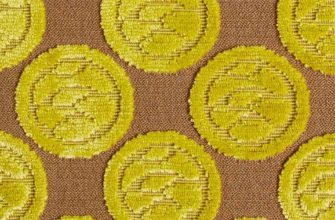To decorate your home with designer items, you can make decorative pillows, as well as those that will be used for sleeping. To make a high-quality and practical product, you first need to choose the right materials. Most often, synthetic padding is chosen as a filler. After that, it is worth studying the instructions, which will help even beginners understand how to sew a pillow from synthetic padding for different purposes.
Materials and tools for work
Before making a pillow from padding polyester with your own hands, you must first prepare all the necessary tools and materials.
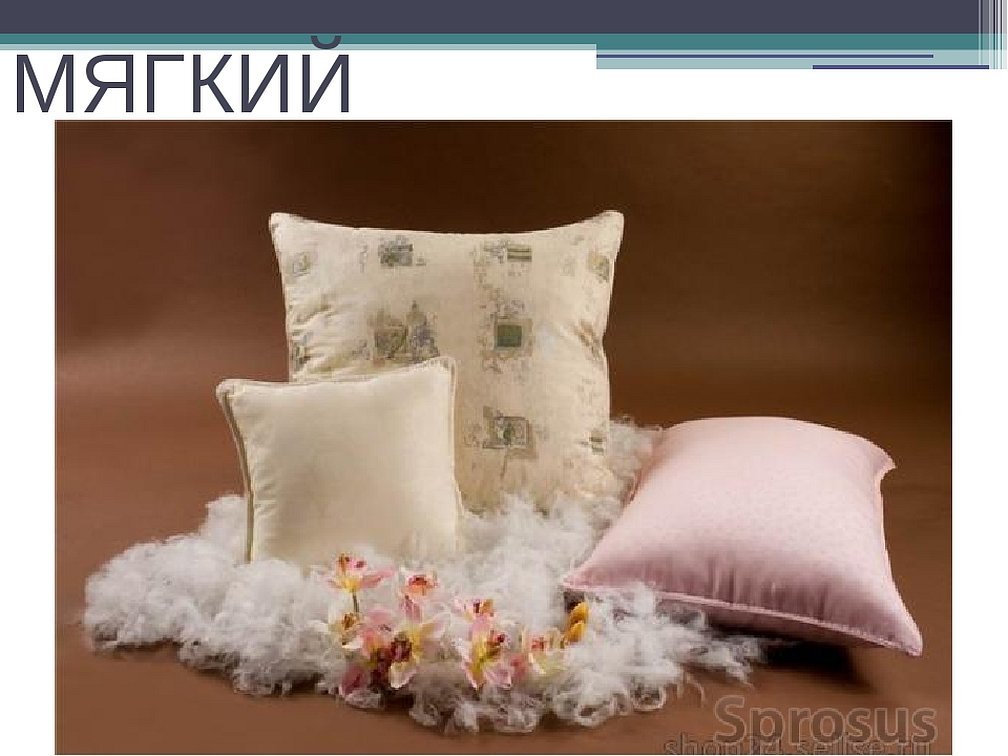
The list is elementary and does not contain expensive items for manufacturing or work:
- filling for the pillow "stuffing";
- the fabric from which the base will be formed;
- paper for creating a pattern;
- chalk, scissors, safety pins to create the pattern;
- needle and thread for stitching. It is better to do the final stitching on a sewing machine;
- iron.
Please note! It is better to choose 100 synthetic padding for filling. This option has medium hardness, which is suitable for any type of pillow.

If you need a furniture version of the pillow, you need to immediately prepare the fabric for the pillowcase. It is better to choose decorative textiles - grass, silk, satin, tapestry.
How to choose the right fabric
The choice of fabric is determined by the filling of the product. It is worth paying attention to the quality of the material. The textile should not split or crumble. It should be pleasant to the touch, have an original coloring, with edges that are easy to sew.
Combination of filler and cover fabric:
- if there is down or feathers inside, then it is necessary to use ticking;
- if you are using synthetic filler, the best choice is cotton fabric;
- The color scheme can be any, but it is better to buy solid pastel colors.
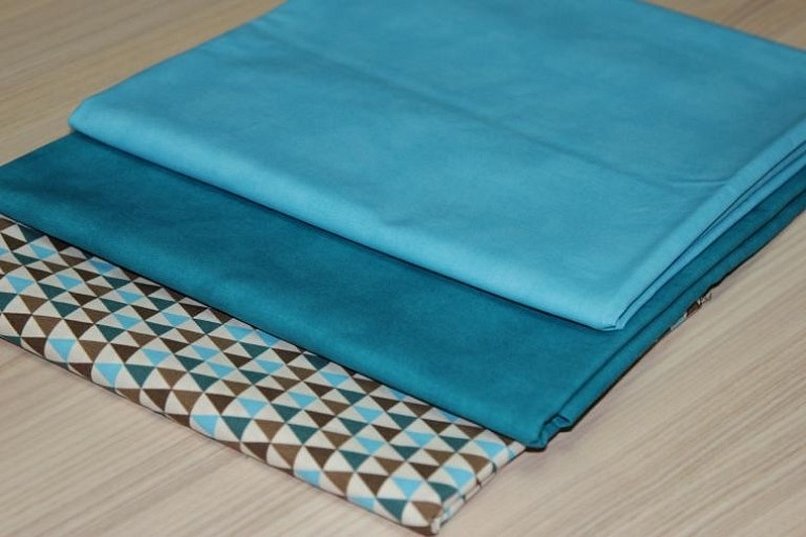
It is necessary to know the dimensions of the future product. Naturally, it is worth using only new textiles, since recycled materials will worsen the appearance and tactile qualities of the product.
How sewing happens
It is difficult for beginning craftswomen to determine the sequence of work, so it is worth sticking to the basic algorithm of work on the product. An important part is sewing the base of the pillow.
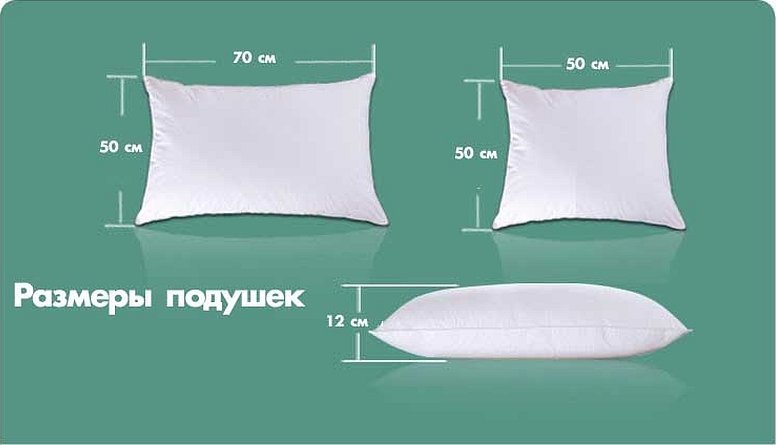
Step-by-step master class on sewing a cover for a synthetic pillow:
- Decide on the parameters and shape of the future product. It is better to adhere to the standards so that you can easily choose a pillowcase. You can make the base rectangular (70×50 cm) or square (70×70 cm).
- Transfer the parameters to paper. Cut out the template, which will become a sketch.
- Lay the fabric on a flat surface. Fold the canvas in half. Place a paper template on the surface of the workpiece and fix it with English pins.
- You need to iron the workpiece to iron out the folds and smooth out the fabric as much as possible.
- Use chalk to trace the pattern. You need to leave a 5-6 cm allowance from the edge of the paper for the seams.
- Without removing the pattern, use a needle and thread to make a mark. The result will be a workpiece that is as close as possible to the finished appearance of the original.
- Use a sewing machine to work on the seams. Sewing is done from the wrong side of the fabric. On one side, leave a 10-12 cm opening, which will be used for filling with padding polyester.

Turn the workpiece through the hole left and evaluate the work. If the result is satisfactory, then all that remains is to stuff the cover with padding polyester. If you are sewing an item for interior decoration, then you will also need to make a decorative pillowcase.
How to stuff a pillow with padding polyester
To prevent your neck from hurting during use, you need to place the "filling" according to certain rules. It is important to know how to properly distribute the padding inside the cover, how much material to stuff in and how to prepare it.
The filling principle depends on the type of padding polyester. If sheet material was purchased, it is enough to fold the fabric 3-4 times and cut out the blank. The figure should correspond to the parameters of the pillowcase.
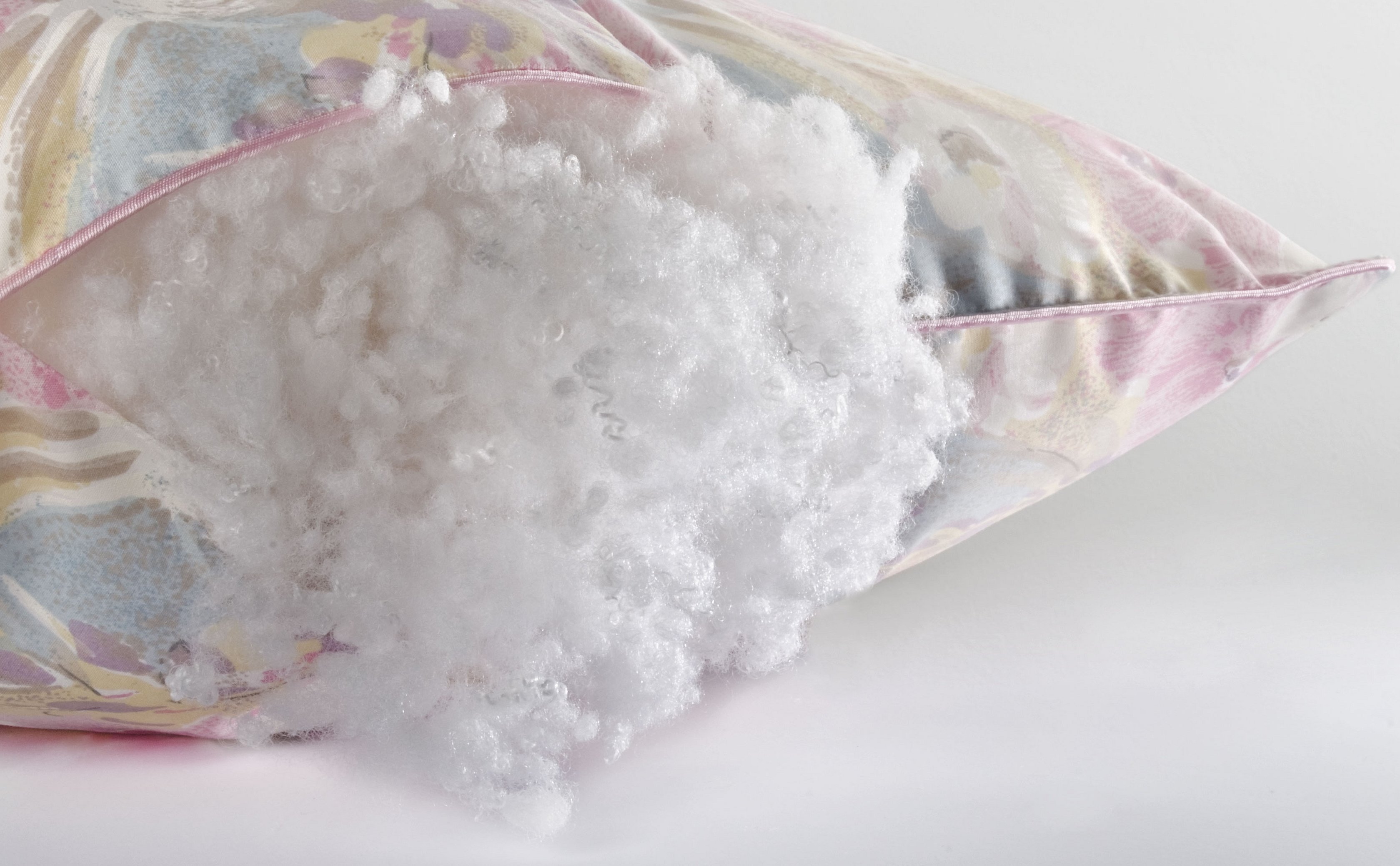
The padding polyester, which is in the form of shreds, should be laid gradually, filling the space from the bottom of the pillowcase to the top. You need to prepare identical shreds of material in advance, and only then start laying. After stuffing, you need to lie down on the blank and assess the level of comfort. If necessary, you can add or remove excess. After that, it remains to sew up the remaining hole.
Please note! During use, the material will bunch up and crumple, so it is important to prepare it correctly. How to fluff up synthetic padding? You need to ruffle the scraps of the blanks, separating the fibers as much as possible.
What can replace synthetic padding?
Sintepon can be replaced with a lot of other fillers. The choice depends on the further functionality of the home textile item. Options for what can replace sintepon:
- can be stuffed with pieces of fur, soft fabric;
- sometimes cotton wool is used;
- the best alternative is holofiber or foam rubber;
- silicone balls can be used as a basis for creating an orthopedic pillow;
- for sleeping, the product is filled with buckwheat husks;
- Down and feathers are an allergenic option, but are considered a classic.
For your information! Cotton wool wears out quickly, rolls into balls, and forms lumps. Unsightly creases appear on the surface.
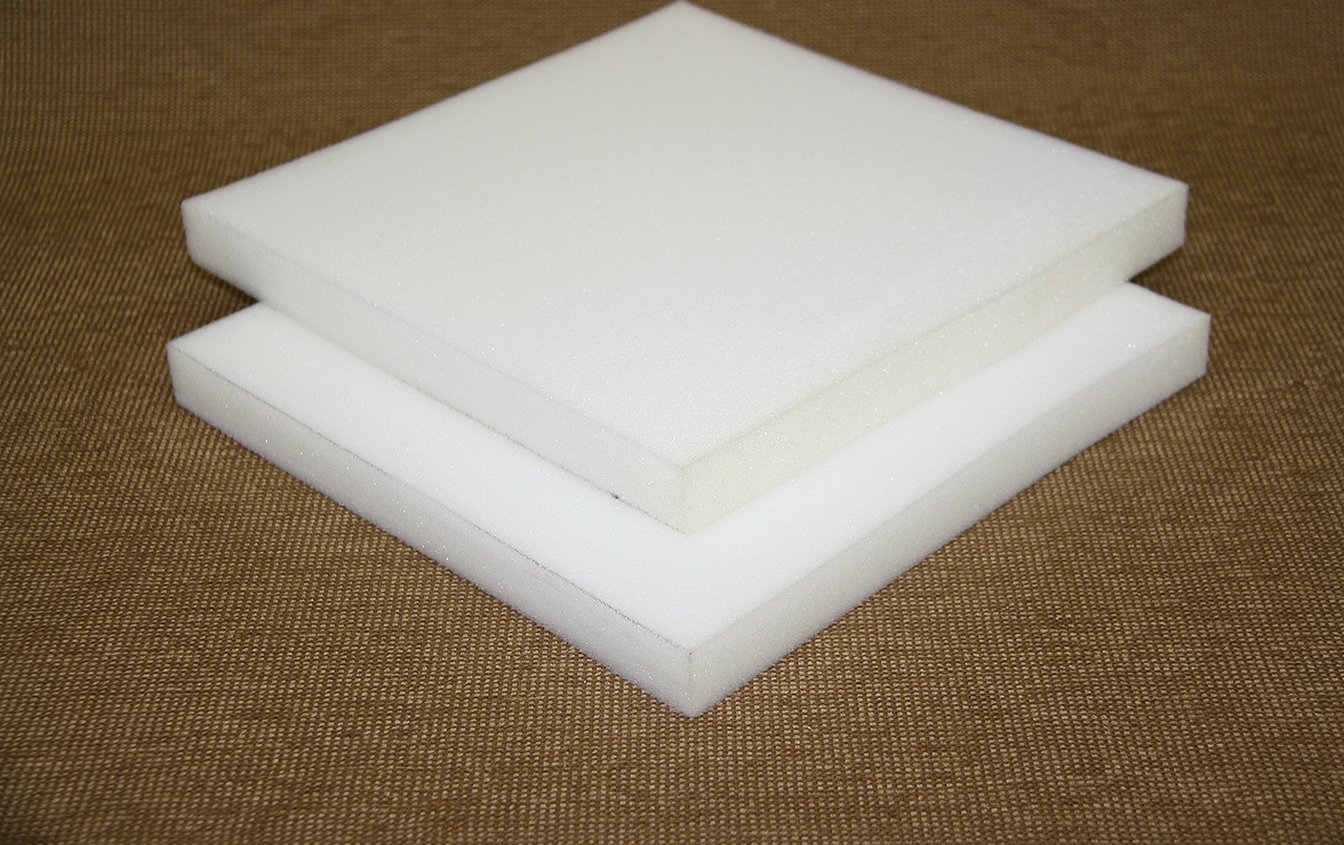
In any case, the pillow should have an attractive appearance and be comfortable. When choosing the "filling", it is worth thinking in advance how to care for such material in the future.
What else can be made from synthetic padding?
It turns out that not many needlewomen can imagine what else they can make from padding polyester with their own hands, except for a pillow. The synthetic material with its characteristics is a universal basis for many things:
- it can be used to make voluminous toys, in which the base is knitted or sewn in advance;
- ideal filler for furniture that requires repair or is made by hand;
- crafts for children;
- use as a decorative finishing material;
- You can sew a New Year's costume for a child from sheet synthetic padding;
- decorative ornaments for interior.
Please note! For a particular type of product, it is necessary to select a material with a suitable density.
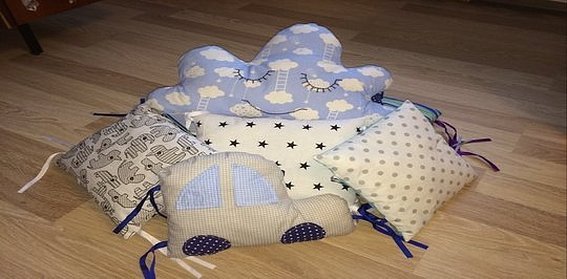
Thanks to such a simple and affordable filler, you can make a lot of things that will make your home more comfortable and attractive.
Reviews
There are a lot of reviews regarding how the complexity of sewing a pillow is assessed and what can be made from synthetic padding:
Ulya, 35, Volgograd: "I recently took up handicrafts. My first creation was a pillow made of padding polyester to decorate a sofa. I found it difficult to work with such a filler. Moreover, the product quickly lost its attractive appearance."
Marta, 52, Ryazan: "I love decorative pillows, so I try to create something new every year. I try to experiment with different fillers, but I haven't found the best one yet. I use synthetic padding most often."
Angelina, 40, Ulyanovsk: "It's not difficult to sew a pillow case. Problems arise when choosing the filler. I've tried everything... I came to the conclusion that you need to combine two types - synthetic padding and silicone balls."

Reviews and comments from experienced and novice needlewomen differ, but they are similar in one thing - everyone tried synthetic padding as a base. There are no significant problems when sewing the product.
To update the interior or please someone with a new pillow for sleeping, it is not necessary to run to the store. It is enough to allocate a few hours, a minimum of money and create a product that will meet individual needs. Moreover, you can sew by hand or with a sewing machine, using simple tools and materials.



